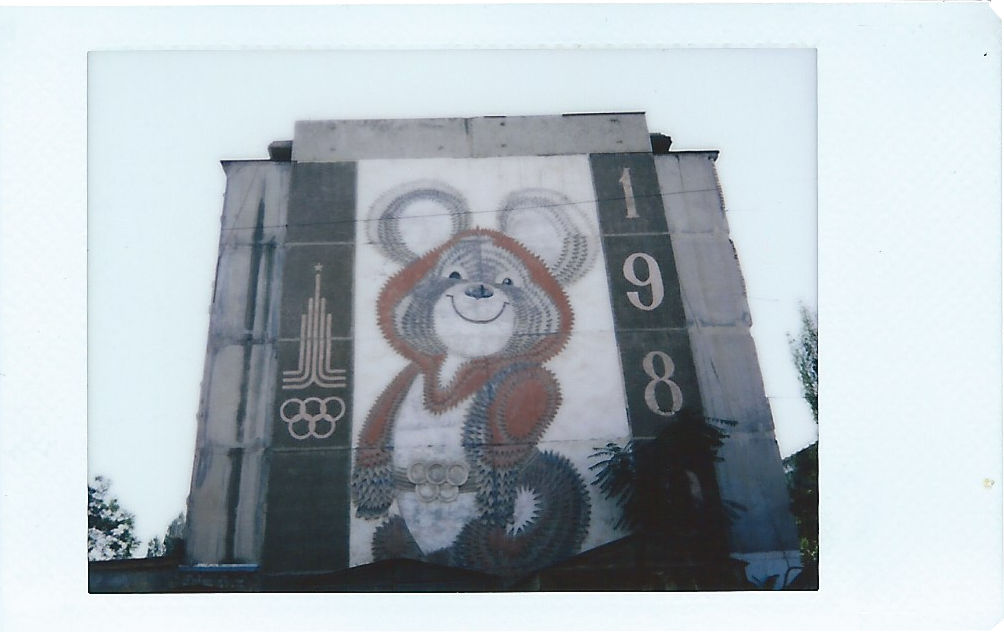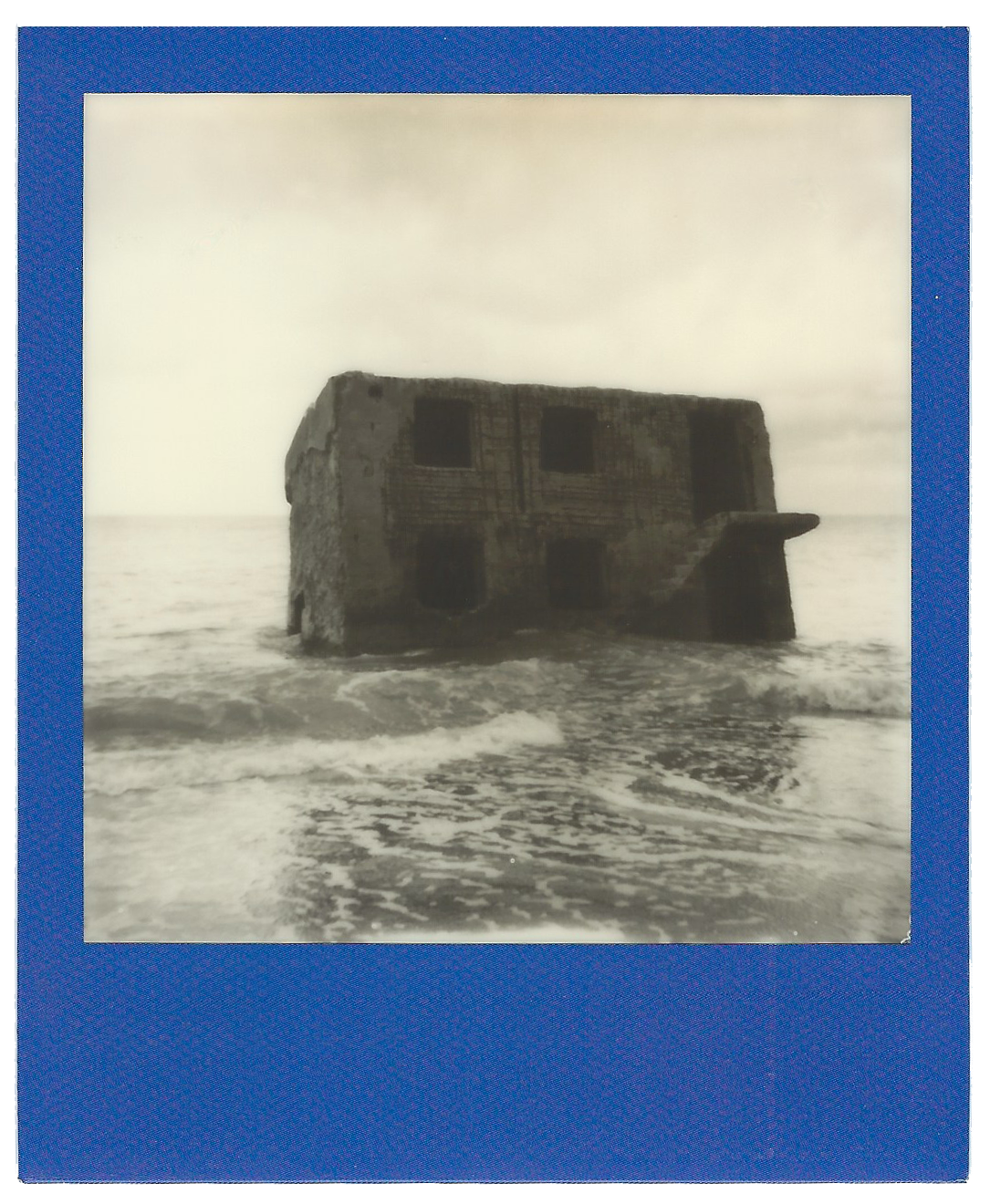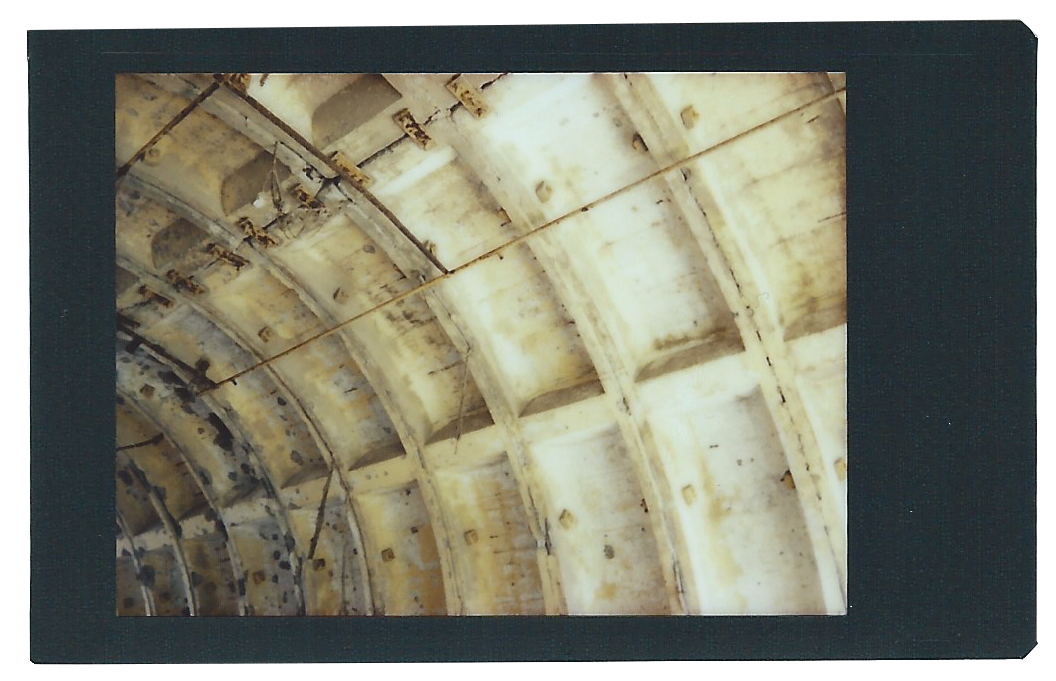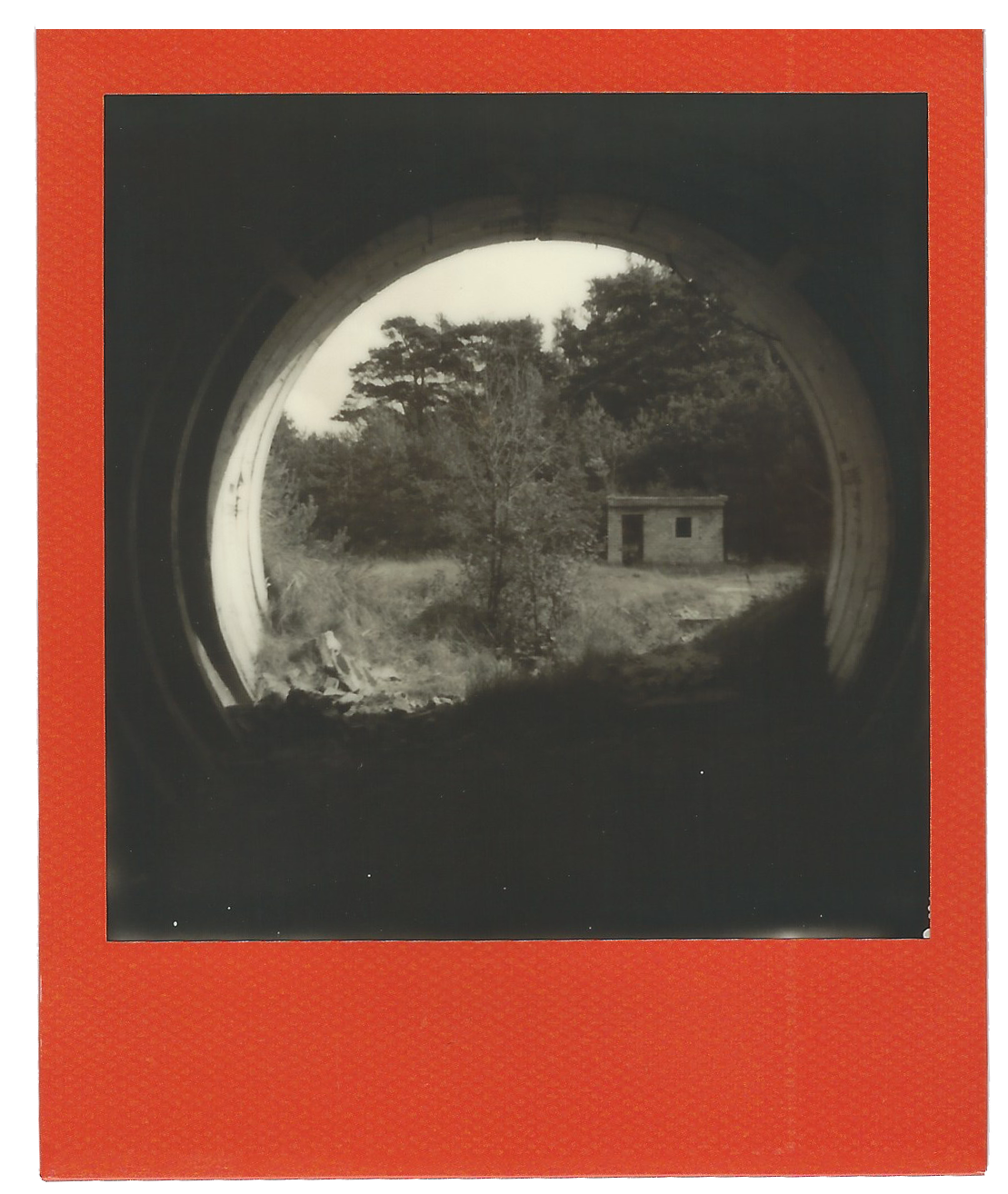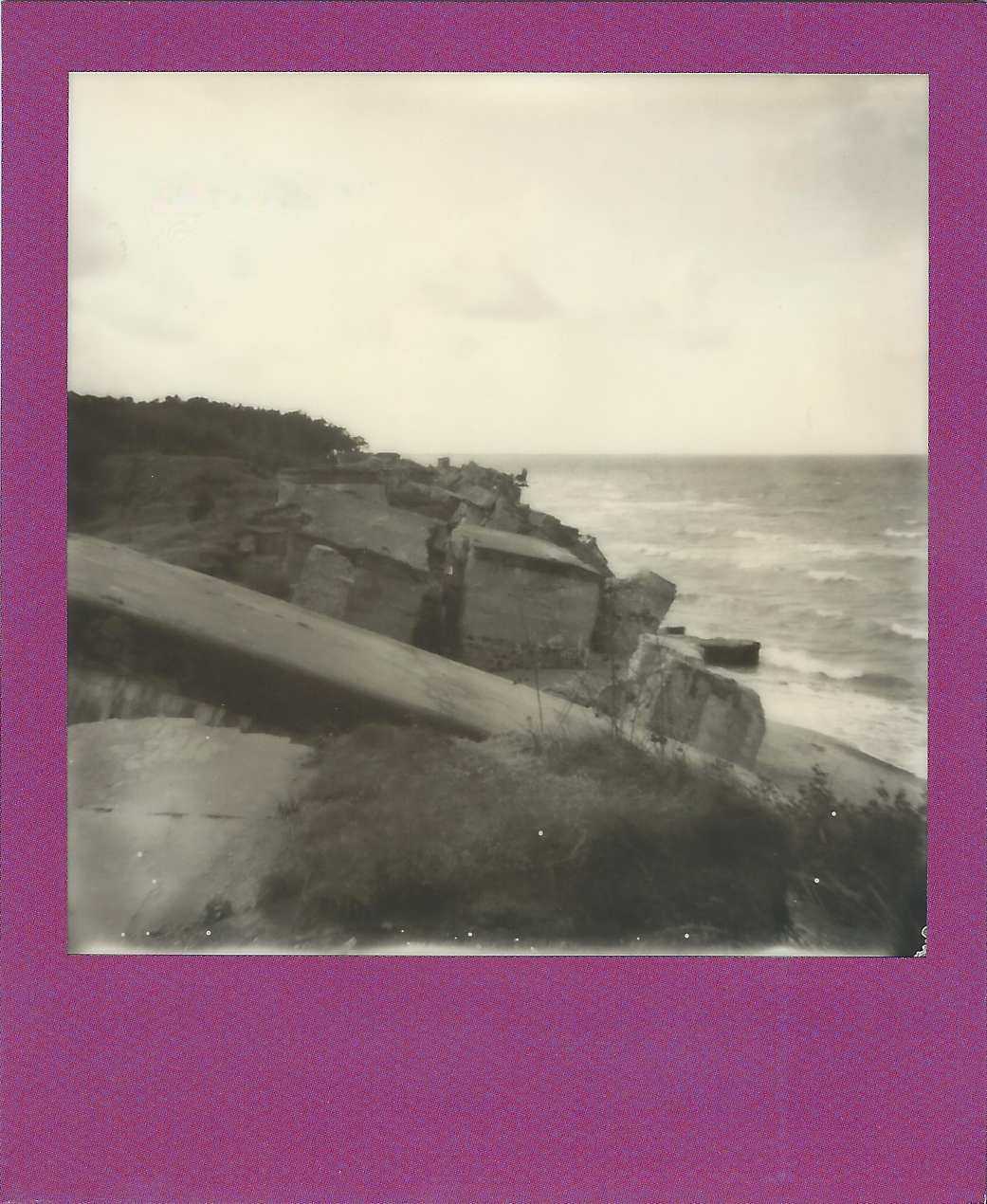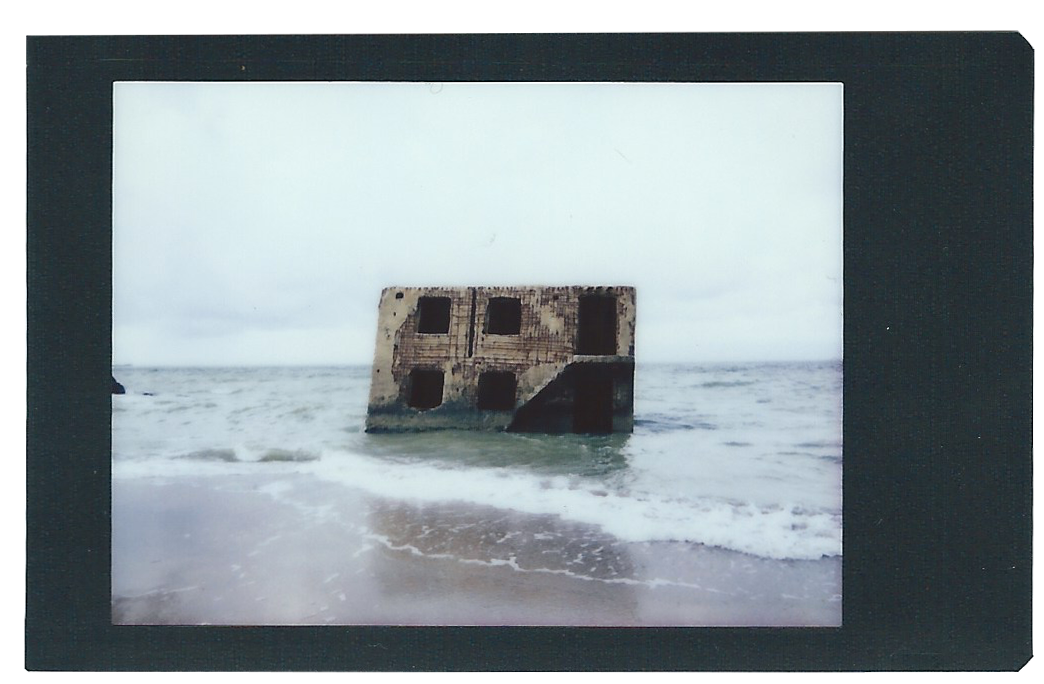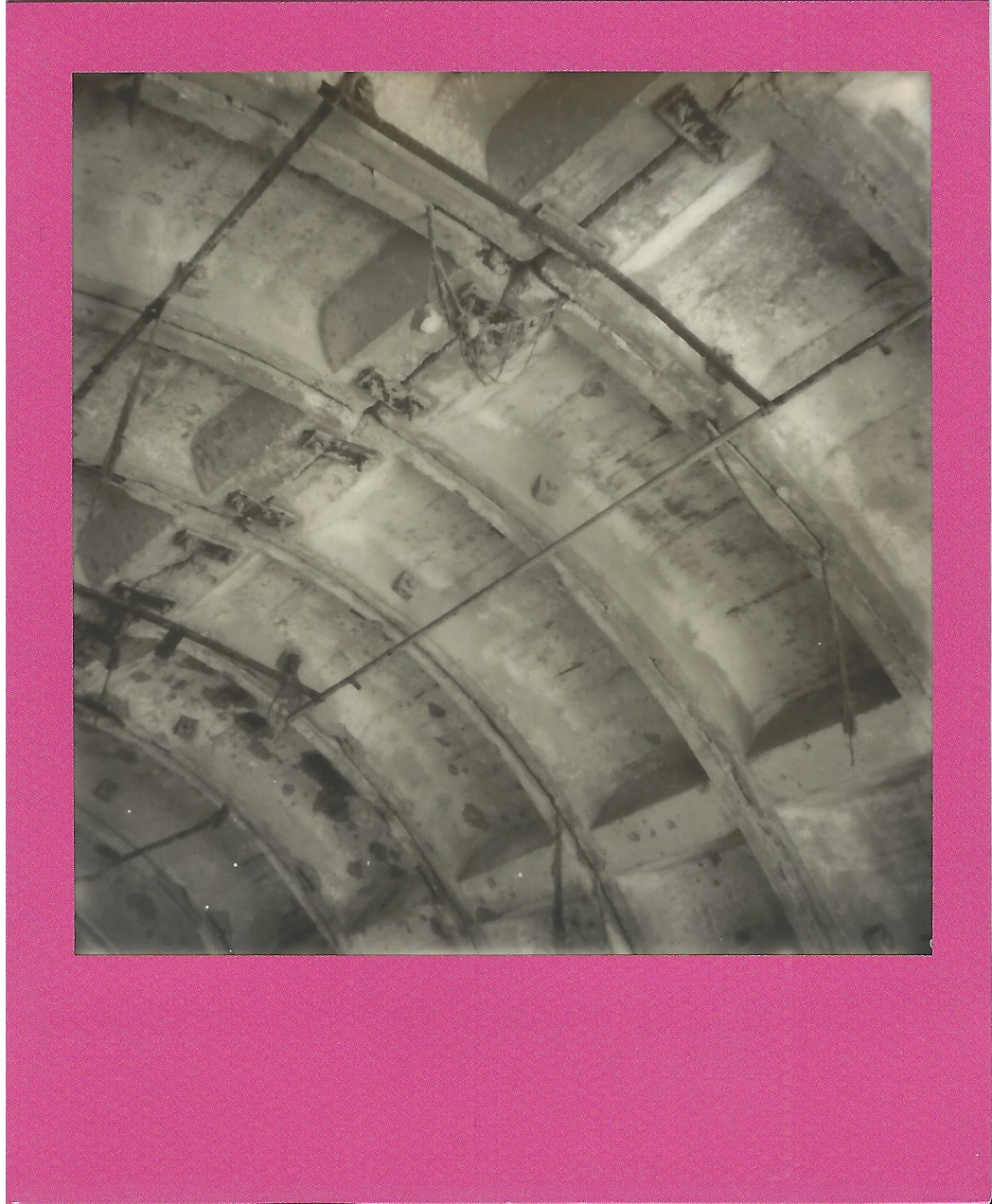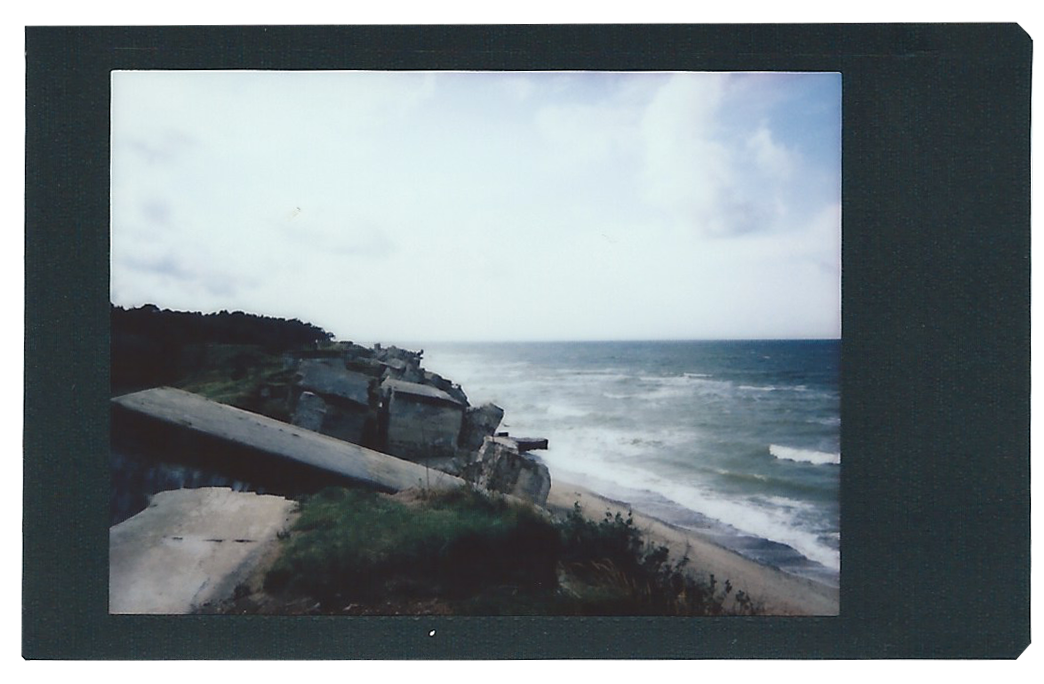The Olympic Misha in Osh, Kyrgyzstan
Oldest city of the country, Osh is regarded as the southern capital of Kyrgyzstan.
As a result of the 1970s industrialization, lots of concrete-paneled apartment buildings were built; they couldn’t be taller than 5 storeys due to the high seismicity level of the area.
At that time in the USSR many side façades used to get decorated with the most popular Soviet themes – from the timeless “Slava Trudu” to traditional folk motifs.
One of the best known still exists in Osh: right next to a likewise enormous Aeroflot mosaic commercial, Misha the Olympic bear proudly smiles from the wall of a khrushchyovka.
Hidden among dusty streets, the über cute jumbo-sized mascotte was allegedly assembled during the late Seventies, when the rising games fever led to embellish every spot (fences, living room, even wells) of the whole Soviet Union with the symbols of Moscow 1980 Summer Olympics.
